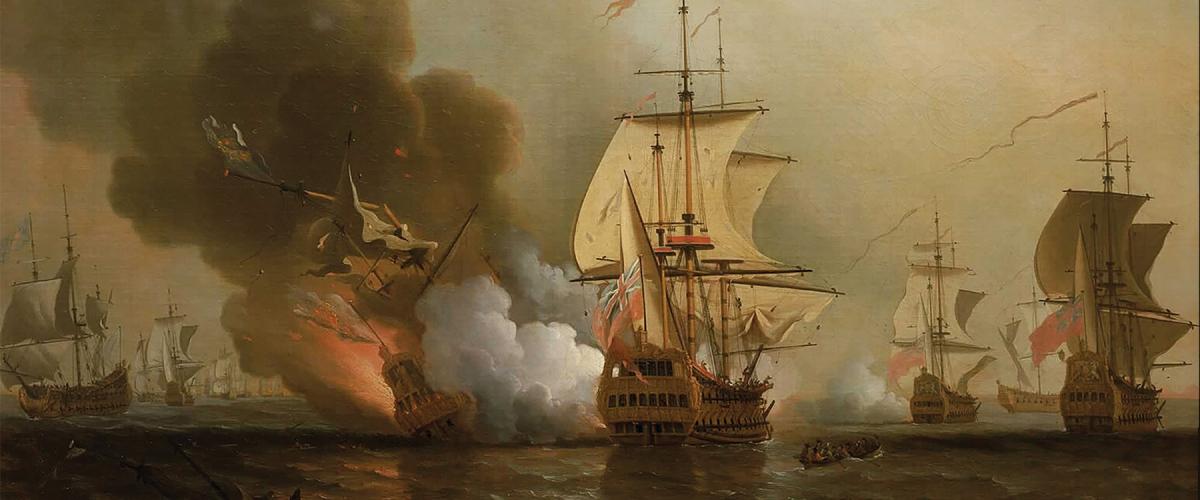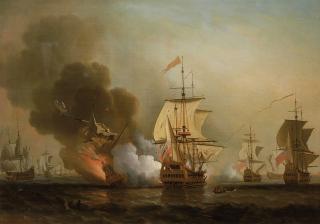The Colombian government announced in March that it will launch an expedition to recover priceless artifacts from what has been called “the Holy Grail of shipwrecks”—the Spanish treasure galleon San José, sunk by the Royal Navy in 1708 and discovered off Colombia’s Caribbean coast in 2015.
At the time of its discovery, then-Colombian President Juan Manuel Santos said, “This is the most valuable treasure that has been found in the history of humanity.” According to current estimates, the shipwreck has a worth of some $17 billion.
The lost galleon long ago became the stuff of legend among treasure hunters, who sought the shipwreck’s whereabouts for years. Its eventual discovery predictably set off a claims dispute. The U.S.-based Sea Search Armada, a wreck-diving company, asserted that it had been the first to discover the galleon’s location. Spain asserted its proprietary rights to the contents—after all, the treasure lies below within a Spanish ship. Meanwhile, the indigenous Qhara Qhara nation of Bolivia pointed out the grim historical reality that, since the Spanish exploited the Qhara Qhara people and forced them to mine the precious metals of their native land, the treasure rightfully should be theirs. The United Nations’ Permanent Court of Arbitration is currently reviewing the case.
Colombia’s recovery effort is being coordinated by the Ministry of Cultures, Arts, and Knowledge; the Colombian National Navy’s General Maritime Directorate; and the Colombian Institute of Anthropology and History, according to a government press release.
The release also states, “For the first time in history, a model of comprehensive public management of the archaeological site and asset of cultural interest, protected by regulations and public missionality, is advanced.”
The 64-gun, three-masted San José was serving as flagship of the Spanish treasure fleet during the War of the Spanish Succession, when the fleet had a run-in with a Royal Navy squadron in 1708. The ensuing battle, known to history as Wager’s Action (after Captain, later Admiral, Charles Wager), led to the defeat of the treasure fleet and the sinking of the San José. The galleon went down to her resting place off Cartagena with a cargo hold stuffed with gold, silver, and emeralds. The riches had been bound for Spain to help finance the war effort in Europe.
At press time, plans were for the expedition to begin in the April–May time frame The salvage operation will carry a price tag of approximately $4.5 million and will deploy a robot at a depth of nearly 2,000 feet. The robot will remove artifacts and relics but will not disturb the integrity of the wreck itself.
While the general location of the site is known, the precise coordinates are being kept secret—to spare one of the greatest treasure-ship discoveries in history from the depredations of plunderers.




